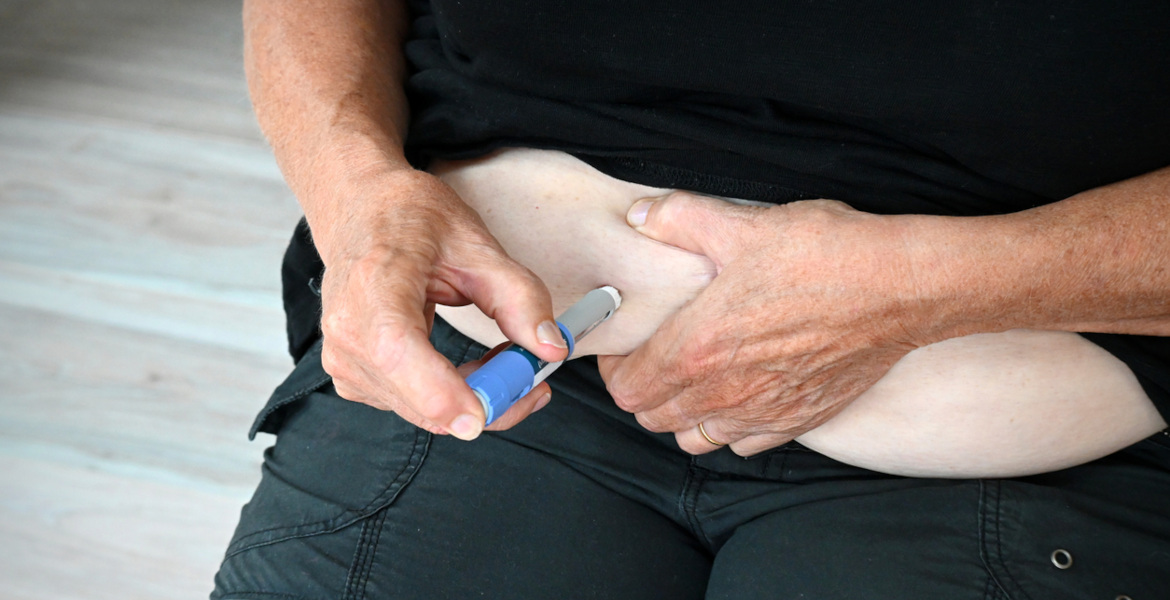A new packaging containing the amino acid cysteine can reduce mercury levels in tuna, according to researchers at Chalmers University of Technology in Gothenburg. In the study, levels of the toxic substance dropped by up to 35%.
According to the World Health Organization (WHO), mercury is one of the ten most dangerous chemicals for humans. Seafood often contains mercury, and predatory fish such as tuna have particularly high levels. Exposure can damage the central nervous system, where children and fetuses are particularly vulnerable.
The Chalmers researchers investigated whether mercury levels in fish could be reduced by using “active packaging”. This means that the packaging material, such as a liquid in a can, interacts with the food. The technique has been used in the past to extend shelf life, but never to improve food safety.
Binding amino acid
In a previous study, researchers tested coating the inside of packaging with a layer of thiolated silica, a material with sulfur groups that bind strongly to mercury. However, the experiments failed because the mercury was too tightly bound in the fish tissue. So the researchers decided to add the amino acid cysteine instead.
– Knowing this, we decided to add an amino acid, cysteine, to an aqueous solution in which the fish meat can be stored. Our theory was that this would cause some of the mercury to be released from the meat and instead be bound in the solution and discarded. Further research on how to deal with the removed mercury is required in the future, says Przemysław Strachowski, a postdoctoral researcher at the Department of Life Sciences at Chalmers at the time of the study, in a press release.

Reduced by 35 percent
The study, published in Global Challenges, shows that the amount of mercury removed increased as the surface area of the fish meat in contact with the cysteine solution increased. When the researchers tested ground tuna meat from ordinary cans, levels fell by 35%.
– The beauty of this type of packaging is that it is active while the product is on the shelf. No extra production steps would be needed if a method like this was used industrially, and the application of our results could increase the safety margin for fish consumption, says Strachowski.








